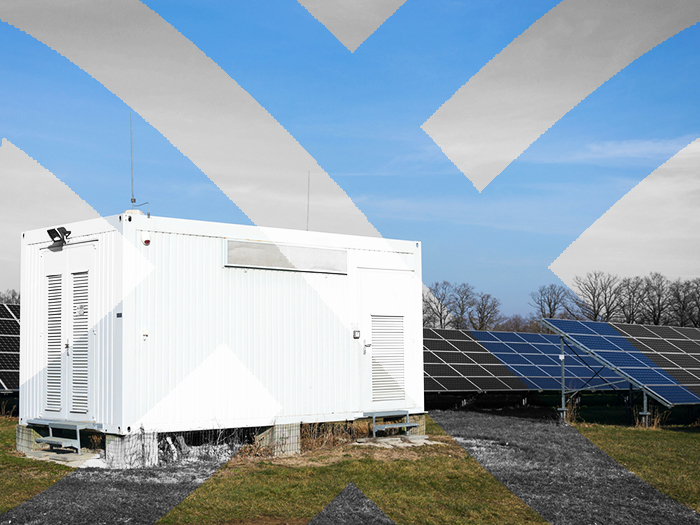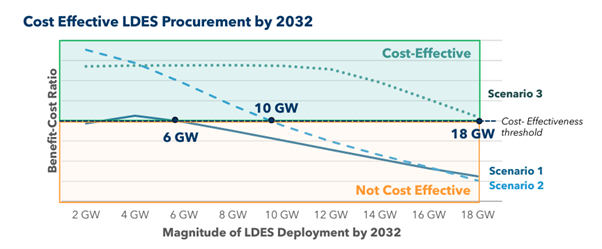News
better business decisions
Posted 1 year ago | 3 minute read

Long duration energy storage key for Ontario’s net-zero goals
Long duration energy storage key for Ontario’s net-zero goals
Long duration energy storage (LDES) has “substantial potential” to contribute to the realization of Ontario’s economic growth and energy transition objectives, according to a new report released by Energy Storage Canada.
Published in January the report, notes that LDES is a “critical component in growing Ontario’s clean energy economy” and suggests that deploying up to 6 GW of LDES starting in 2032 could be a cost-effective solution to mitigating potential supply, planning, and deployment risks on Ontario’s pathway to net-zero.
Ontario anticipates a notable surge in electricity demand until 2050, driven by economic expansion and the shift towards a net-zero economy. Stakeholders widely agree that to achieve this goal, Ontario must transition its current electricity supply to decarbonized sources and amplify low-carbon generation, potentially increasing it by 2 to 3 times the present levels by 2050. A crucial aspect of this transformation involves integrating energy storage systems.
The report notes that Ontario has already established itself as a national frontrunner in energy storage adoption, a position earned through years of market reforms, highlighted in 2023 with the procurement of 880MW of storage capacity by the Independent Electricity System Operator (IESO). By the mid-2020s, Ontario aims to have over 2,500MW of energy storage capacity operational.
The study explores the potential role LDES can play under three scenarios:
- Scenario 1 – Buildout Risk: Uncertainty around the pace of deployment of new nuclear assets and hydrogen turbines creates long-term capacity needs.
- Scenario 2 – Hydrogen Supply Risk: New nuclear assets are assumed to be deployed at the pace and scale outlined in the P2D. However, supply chain issues around blue hydrogen supply result in limitations on the deployment of hydrogen-powered turbines.
- Scenario 3 – Planning and Procurement Risk: New nuclear assets are assumed to be deployed at the pace and scale outlined in the P2D. However, import capacity constraints, limited contracting of existing assets and higher-than-expected peak demand contribute to higher capacity shortfalls.

It concluded that LDES can serve as a reliable backstop for capacity shortfalls and a key provider of a broad range of grid ancillary services to support reliability while also providing increased operational flexibility and support during contingency events. Up to 6GW of LDES would be cost-effective across all three scenarios and that this could provide between $11B to $20B in ratepayer savings over its lifetime. This increases to up to 10GW and 18GW under scenarios 2 and 3, respectively, if capacity shortfalls exacerbate further.
The report suggested that IESO should begin incorporating LDES into all future planning and explore in greater depth the potential of distinct LDES options to deliver grid benefits, including enhancement of resource adequacy, operating reserves, regulations compliance, and emission reductions.